Bosch (Performance Line CX) offers up to 85 Nm with progressive assistance, while Yamaha PW-X3 also rivals it with 85 Nm but is more direct.
Electric bike: Bosch or Yamaha motor, which one to choose?
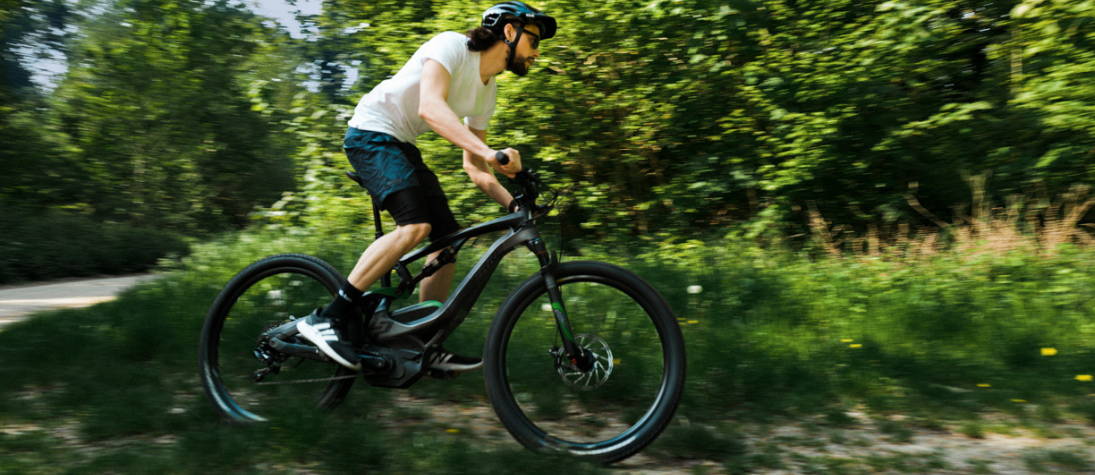
Choosing the rightelectric bike isn't always easy! But with so many motors available, the process has become even more complicated. Among the market leaders are Bosch and Yamaha.
One of the most frequently asked questions is what is the difference between these two engines.
Which engine has the most power? Which one is the most reliable? What are their characteristics? German or Japanese engine? Discover our comparison!
Bosch vs. Yamaha engine: key differences
Despite what you might think, the motors of the two brands are not so different. First of all, they are all integrated in the lower part of the frame, along with the bottom bracket. This makes for a natural and efficient riding feel.
The design
At a glance, you'll notice that Yamaha and Bosch motors are similar in shape and size. They are also compact.
Speeds
One of the most obvious visual differences is the size of the output sprocket. If you compare the Bosch engine to the Yamaha engine, you will notice that the output sprocket is much smaller on the Bosch engine. Why? Because it has an internally geared drive.
Small technical point: a ratio of 2.5 must be respected between the engine output sprocket and the rear cassette (for example if the transmission output sprocket has 12 teeth, then the cassette must have 30 teeth). The advantage? It's impossible for the chain to derail. It's really practical!
On the other hand, you'll notice that the Yamaha engine has a standard size ring gear and its drive is not internally geared. It has greater flexibility when shifting gears.
The sensors
Bosch and Yamaha use a 3-sensor system that continuously analyzes cadence, torque and speed.
It measures this data more than 1000 times per second. This allows the electric bicycle to be in phase with its user. The power output is as natural as possible.
The power
The power is the same: 250 Watts.
Driving modes
Bosch and Yamaha engines have different driving modes:
Bosch
Off: no assistance.
Eco: efficient and optimized assistance for maximum autonomy(the % of assistance depends on the Bosch system).
Tour: constant assistance over long distances.
Sport: immediate and powerful assistance for sporty driving, both for MTB and for driving on the road(the % of assistance depends on the Bosch system.
Turbo: direct and maximum assistance at the highest cadences for ambitious and athletic rides(% assistance depends on Bosch system).
Yamaha
OFF: you can ride without electric assistance.
Eco+: the autonomy of the Eco+ mode will be approximately 30% higher than that of the Eco mode.
Eco: saves energy for greater autonomy. Best used on a flat road.
Standard: satisfies both power and autonomy. Recommended for daily use.
HIGH: Provides constant and powerful assistance. Perfect for uphill riding.
The noise
Engine noise has an impact on the quality of the ride. The quieter it is, the more enjoyable it is (especially on the trails)!
Some engines whine, some squeal, while others whirr. When coasting downhill, they can make noise, from clattering to tapping.
Bosch motors, for example, emit a metallic clatter. It is very present on some models and barely noticeable on others.
On climbs, Yamaha engines have the most obvious whine (some call it a turkey sound) that fluctuates with effort.
So Bosch engines are easier to ignore than Yamaha engines.
The weight
Electric bike motors tend to shrink in size and weight while offering more power and torque.
Yamaha engines weigh between 2.8 kg and 3.4 kg, while Bosch engines weigh between 2.9 kg and 3.4 kg.
Summary and comparison table
Features
Power
Max. torque
Maximum support
Drive sprockets
Maximum weight
Bosch engine
250 W
85 Nm
340%
1
3 kg
Yamaha engine
250 W
85 Nm
208%
1 or 2
3,4 k
Bosch motors
The German manufacturer is known for its powerful and efficient engines. From its production lines comes a wide range of engines suitable for a wide variety of cyclists.
Whether commuters, mountain bikers, weekend cyclists or transporters, there is a Bosch motor for every electric bike user.
Active Line: for daily travel
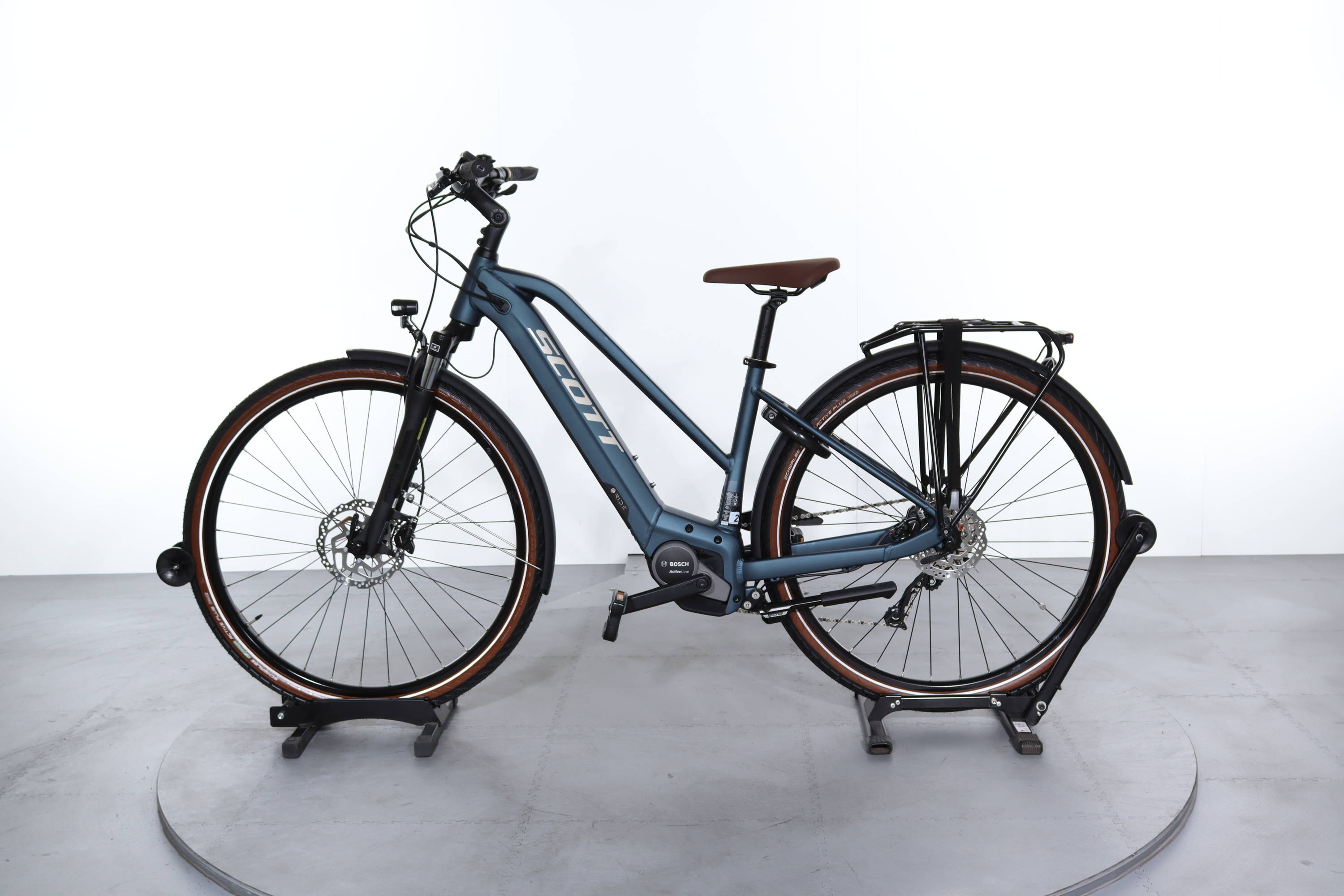
The Active Line motor is perfect for short-distance rides around town. This engine is very compact and is appreciated by cyclists who appreciate elegant design.
The three strong points of this engine: it is extremely quiet, to take full advantage of its assistance up to 25 km/h, it is light (2.9 kg) and it has a back-pedaling function. The engine torque delivers 40 Nm.
Active Line Plus: for adventure
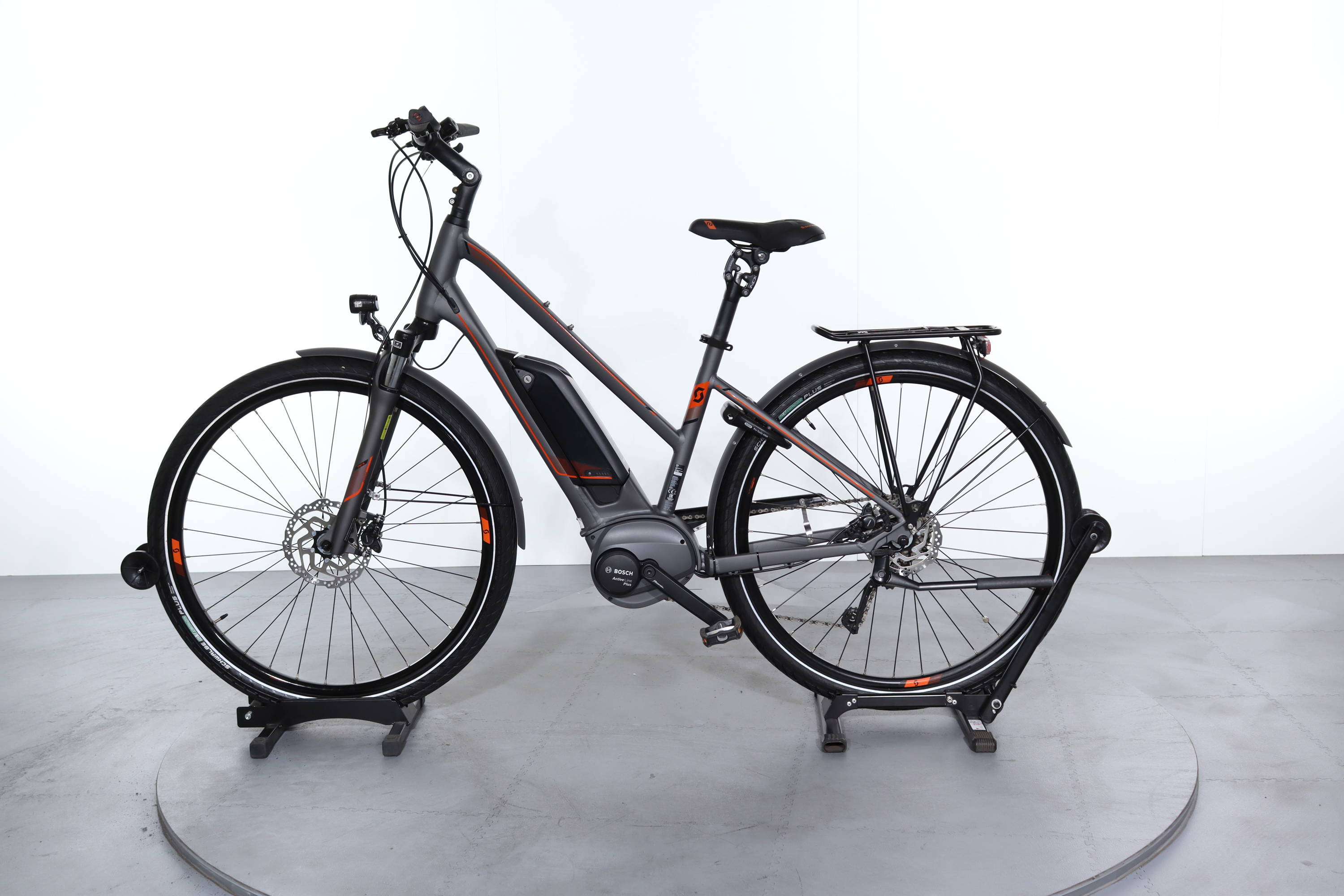
This German brand engine comes between the Bosch Active Line engine and the Performance Line engine.
You will love it! A great ally to explore new horizons during your EV rides. It allows spontaneous excursions and a range of activities. Like its little brother, it is quiet and compact.
As it weighs only 3.2 kg, it will offer you a smooth acceleration up to 25 km/h. Very maneuverable in all situations, the engine torque has a power of 50 Nm.
Cargo Line: to support heavy loads
The Cargo Line is one of the newest Bosch mid-drive engines. It benefits from some interesting improvements. To address a few shortcomings, Bosch has corrected its timing to make starting and driving slowly with heavy loads easier.
The peak power is an impressive 85 Nm, up from 75 Nm. Its maximum speed is 120 rpm, which makes the Bosch Cargo Line ideal for transporting goods (or children). As a touring bike, it is also very practical.
Loaded or unloaded, the powerful motorization of the VAE assists you up to 400% and ensures a controlled and instantaneous acceleration when starting.
Performance Line: for athletes
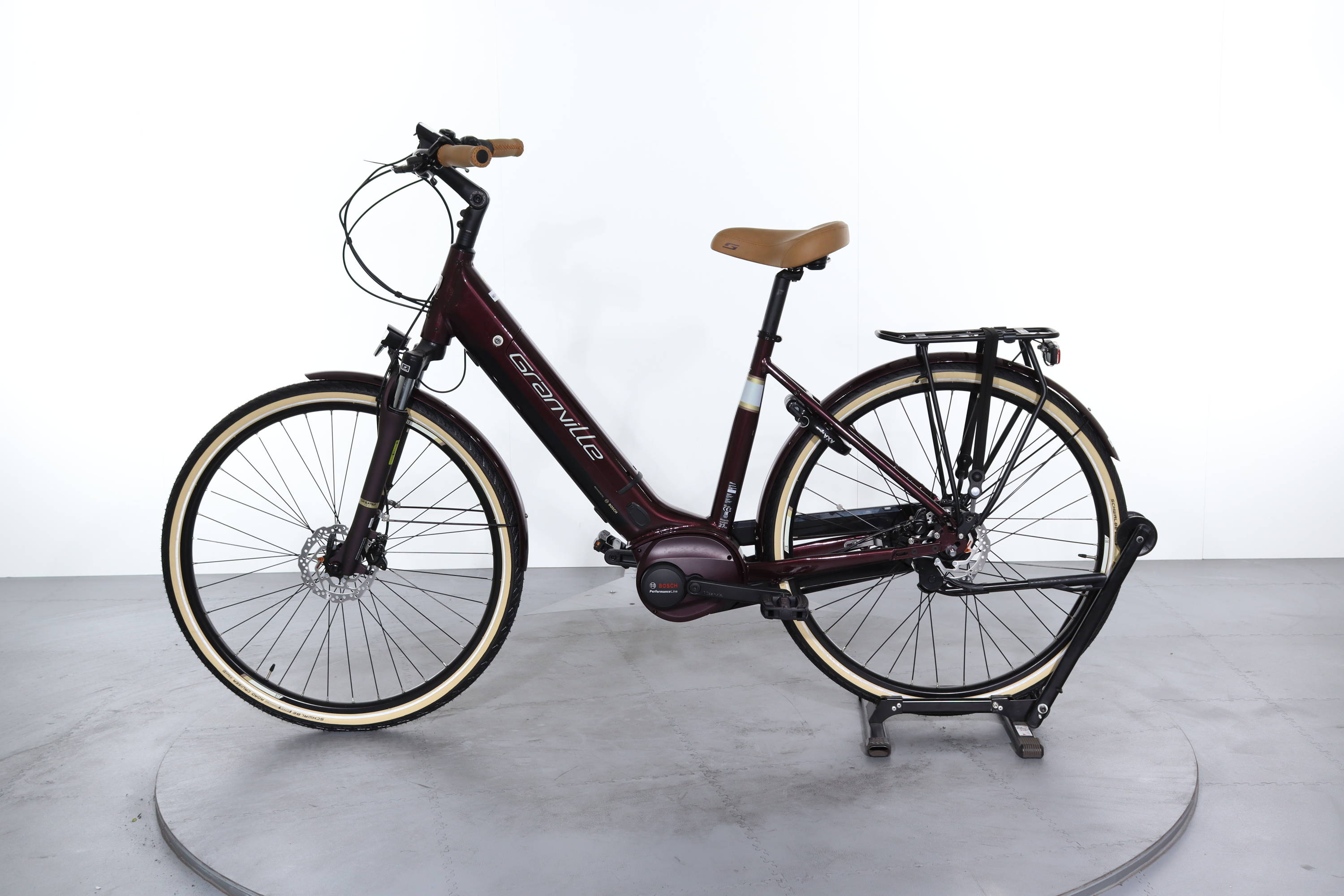
The Bosch Performance Line has a lot of power under the hood... It's a great choice for riders who want to have some room to maneuver.
This versatile engine offers not only a powerful ride, but more importantly, sportiness. It propels you up the steepest of climbs or on athletic rides.
It can reach up to 75 Nm with 340% assistance.
Not to mention that it has a fully connected intelligent system: an eBike Flow application to track your activity, a wireless speed sensor, an eBike Lock function that serves as an anti-theft device, ABS and walking assistance. What more could you want?
Performance Line CX: for mountain hiking
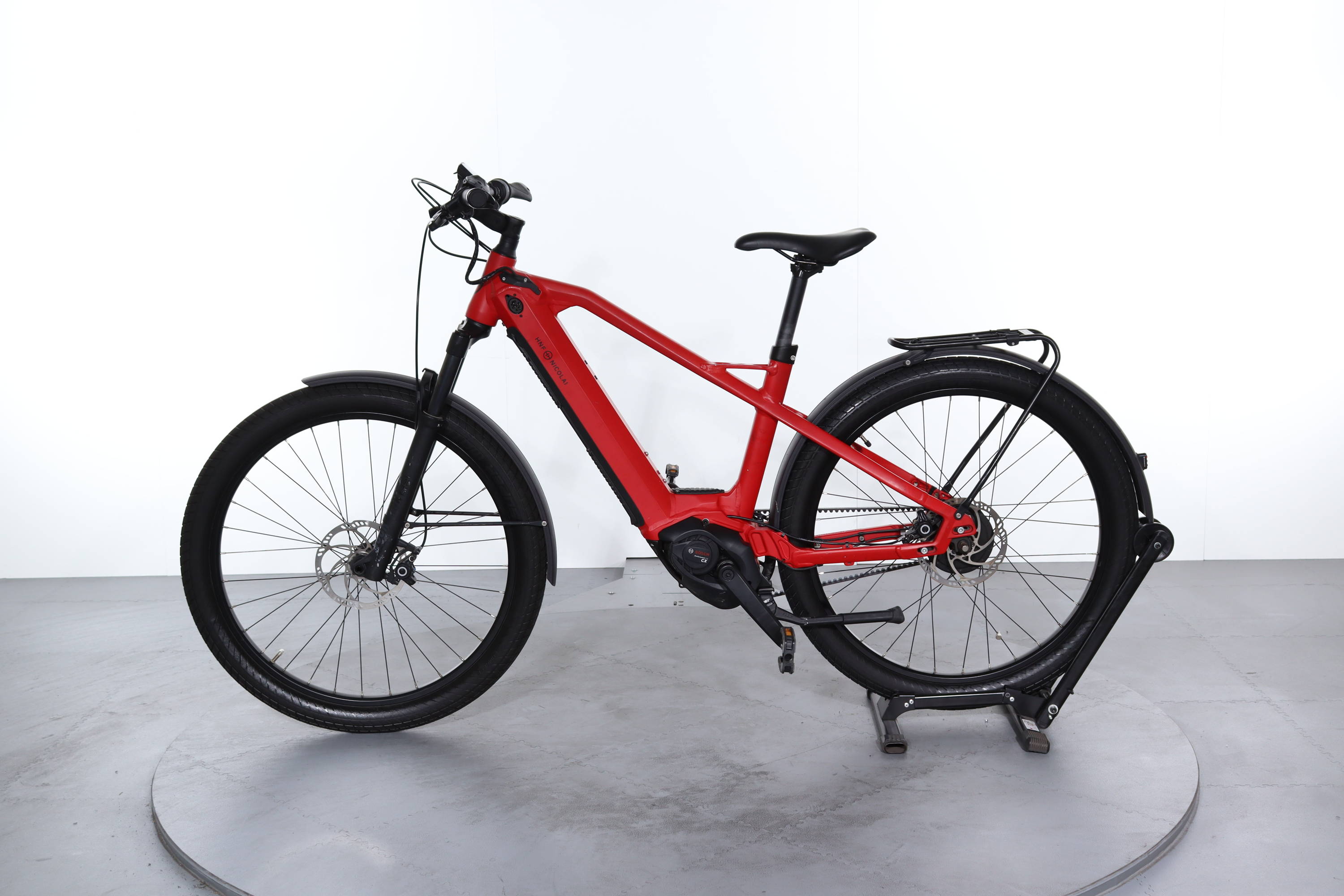
It's the perfect motor for those who want to go higher, faster, further! This compact and powerful motor can be found on a multitude of bikes. With 85 Nm of torque, a smart system and low weight, on paper it ticks all the boxes.
The strong point of the 2.79 kg motor is not only its power but its eMTB mode. This dynamic and progressive setting varies the level of assistance between Tour (140%) and Turbo (340%). For optimal handling and control!
No other engine makes climbing as simple and easy to master as the Bosch Performance Line CX. Shifting to 25 km/h is also effortless. Pedaling resistance? Not at all!
Comparison table of Bosch motors
Why are Bosch electric bike motors so popular?
Bosch engines offer three essential elements: power, efficiency and excellent driving feel.
These features, combined with the wide range of motors available on the market, explain the popularity of Bosch motors: they are reliable and suitable for a wide variety of cyclists.
Some brands of bikes equipped with the Bosch engine
Bosch motors are used by a wide variety of electric bicycle brands.
From Cannondale to Moustache Bikes, and from Trek to Canyon, dozens of the most famous brands use Bosch motors on their electric bikes.
Yamaha engines
Yamaha is a Japanese brand that has nothing to envy to Bosch. It has made its mark on the European market since the arrival of its PW engine.
PWseries Te: an urban engine
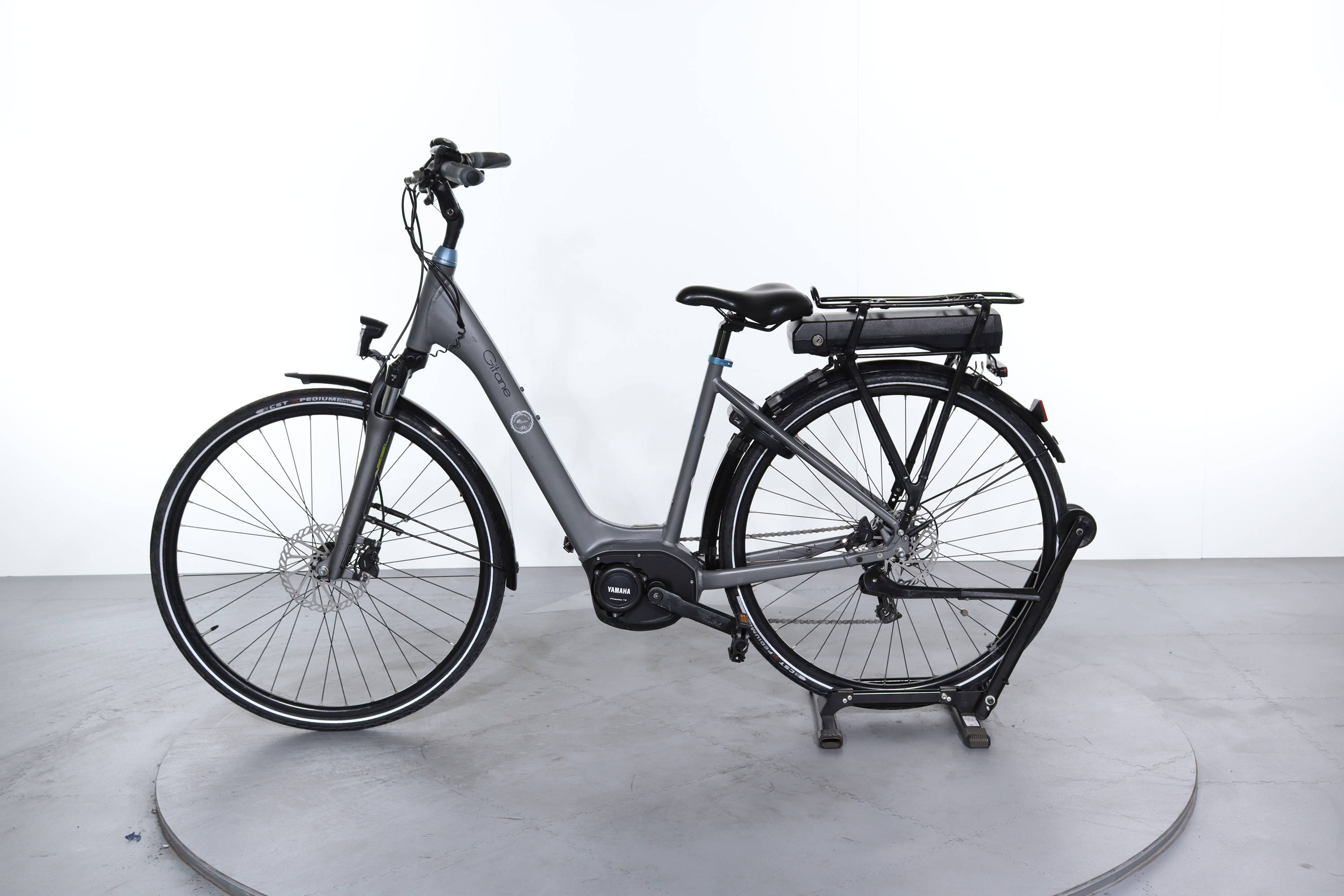
This engine combines comfort and stability in urban environments. It easily handles steep climbs and strong winds.
The system uses four-sensor technology to automatically detect driving conditions such as hill starts. It provides appropriate assistance and smooth acceleration.
PWseries S2: less is more
Developed under the "less is more" philosophy, the PWseries S2 engine is significantly lighter and smaller than its predecessor, the PWseries ST, while offering more torque.
From daily commutes to country walks and mountain hikes, it's the ideal solution.
The maximum torque is 75 Nm. It is more than 7% higher than the PWseries ST, and its weight has been reduced to only 2.85 kg, 16% less than the previous model. These improvements make itone of the lightest in its class. It also boastsone of the best torque-to-weight ratios.
From an aesthetic standpoint, it offers Yamaha's partner bike manufacturers the opportunity to achieve a clean, minimalist look.
PW-X3: for off-roading
Yamaha claims to have developed the "lightest, smallest and highest torquedrive unitever". That's not entirely untrue!
Its performance speaks for itself: 85 Nm of torque, a weight of only 2.75 kg, "zero cadence" technology, 4 levels of assistance and a compactness 20% greater than its predecessor. No trail will hold any secrets for you!
A motor you'll find on the next generation of MTB electrics from Haibike, Lapierre and Gas Gas.
PWseries CE: the quietest on the market
It is a compact engine with intermediate transmission that delivers a torque of 50 Nm. Ideal for getting around town!
The brand claims its PWseries CE is the quietest motor it has ever produced. You can use all the pedal-assist power available, without ever feeling guilty about making too much noise.
The ride is natural. The motor also has a walking assistance system. This is especially useful if you need to get around town with your bike. You won't feel like you're pushing a tank.
Yamaha Engine Comparison Chart
Conclusion
Bosch or Yamaha: which is the best engine?
Which engine looks more powerful?
The award goes to Bosch! 🏆
The Bosch Performance Line CX gives the impression of being the most powerful on the market. Especially with its intelligent eMTB mode, powerful motor and overtaking function. The power it delivers is addictive, consistent and adapts to the riders.
The harder you pedal, the harder the motor works. The assistance does not weaken with increases in cadence or power.
Tackling the climbs is a really enjoyable experience. You have a choice! You can ride slowly with little effort. Or you can pedal hard, expending more energy and getting to the top much faster.
Yamaha, on the other hand, has lower cadences. On the track, this makes the engine feisty and impatient. However, its new PW-X3 engine is a strong contender, with its Quad Sensor System feature. Keep an eye on it!
Which engine seems easier to control?
It will depend on your expectations!
If you're an aggressive or sporty rider, choose a Yamaha engine. You'll get a feeling similar to riding a motorcycle! From the moment you start, you'll have plenty of power. Very practical for uphill riding, less so in the long run!
However, the lack of progressiveness can make it feel clumsy. It is difficult to control wheel spin on the steepest and most technical grades. Yamaha is not known for providing slow, progressive power.
In contrast, Bosch delivers progressive and linear power. It adapts to the cyclist's pedaling force, regardless of the mode. This means difficult starts on steep trails.
Verdict
Would you prefer a Bosch or a Yamaha motor for your electric bike?
Each system has its strengths and weaknesses. Don't buy a bike (only) based on the engine you use. Think more about your needs and how you will use it. There's no need to buy a Performance Line motor if you're only going to ride in the city center!
However, if you have to choose only one: the Bosch Performance Line CX. A little gem of power! Sportsmen can keep an eye on the Yamaha PW-X3, which will be fitted to certain models of MTB electric bikes in the coming months.
Frequently asked questions
Which electric bike motor is more powerful, Bosch or Yamaha?
Which engine is quieter, Bosch or Yamaha?
Bosch remains more discreet when climbing, while Yamaha is reputed to be louder (audible groans depending on effort).
What's the main difference between a Bosch and a Yamaha engine?
Bosch offers smooth, progressive power, while Yamaha delivers more direct, sporty assistance, closer to the bike.
Which motor is the lightest?
Yamaha with its PW-X3 (2.75 kg), compared with around 2.9 kg for the latest Bosch models.